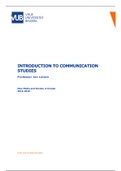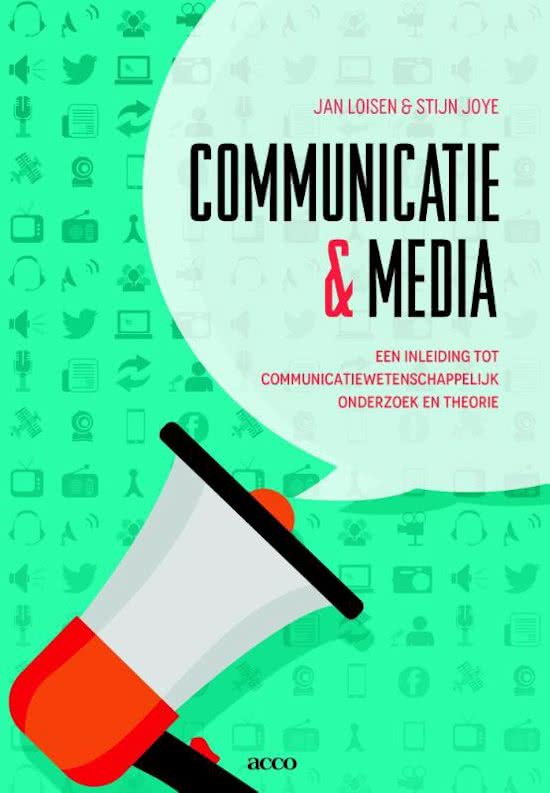Samenvatting
Summary Introduction to Communication Studies
- Instelling
- Vrije Universiteit Brussel (VUB)
- Boek
- Communicatie & media
Introduction to Communication Studies - Summary (notes from slides, all the recordings and own notes) This course was given by professor Jan Loisen.
[Meer zien]




